As the author of the children’s book series The Rhymers I understandably have an interest in the role of rhyme within the educational development of children. Within this post I explore how rhyme has influenced me, is so intrinsic to my own writing and how there is overwhelming evidence for its benefits in childhood development.
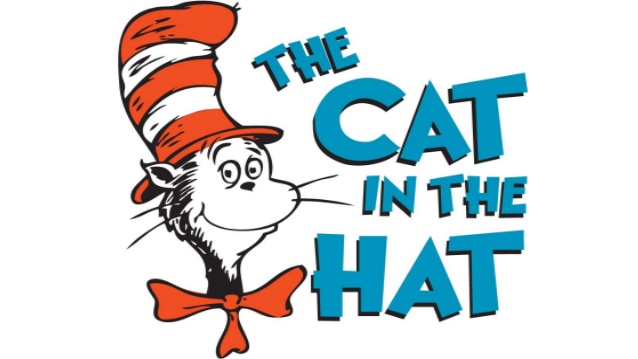
Rhyming childhood
I think back to my own childhood and there are rhymes that still stick in my head and always make me smile – what a lovely thing! The vivid image of The Cat in the Hat from Dr Seuss. The amazingly ridiculous Revolting Rhymes from Roald Dahl.
I believe that almost magical quality of rhyme is something that is intrinsic within us, wired within our DNA, passed on from generation to generation. You only need to look at the popularity of Julia Donaldson’s books with young children and adults alike to know that the heartbeat of rhyme is as strong as ever!
These thoughts are echoed in the wonderful quote from Pat Skene’s article on rhyme.
Well-written rhyme seems to spring to life and dance in the empty spaces between the words. It often makes young readers feel like they’re bouncing along in an inner tube! Rhyme seems to wire the brain with an internal beat that lives on inside of us, sometimes for many years. I’m sure that’s why so many people can still remember favourite rhymes from early childhood.
Pat Skene
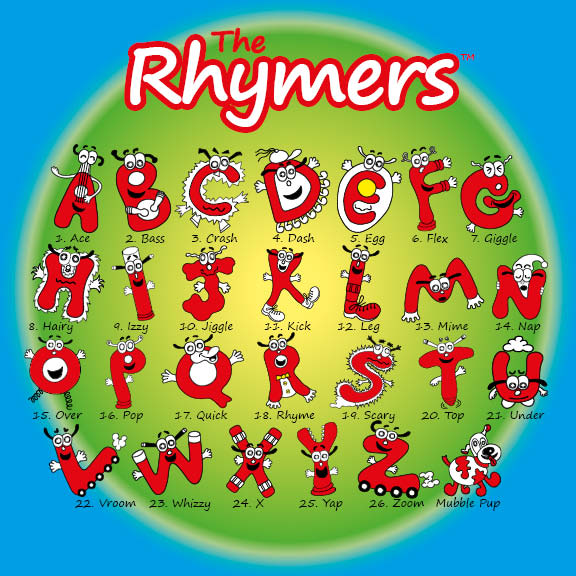
Rhyming with The Rhymers
Rhyme has a happy, infectious quality and that is at the heart of my Rhymers’ books and is within the heartbeat of The Rhymers themselves.
Within my stories you know you have a happy Rhymer when they are rhyming. Many of my books end with a cheerful, rhyming song.
Intriguingly, within The Rhymers’ story of Mime and Rhyme, for the first time ever poor Rhyme actually stops rhyming, when the mean, chill wind blows. Will he find his rhyme again? You will have to read the book to see.
Scientific Rhyme
Scientific research demonstrates that rhymes are important for language development, physical development, cognitive development and social/emotional development, so lets have a look at each of these in a little more detail. I draw on the excellent article by timbuktu for this.
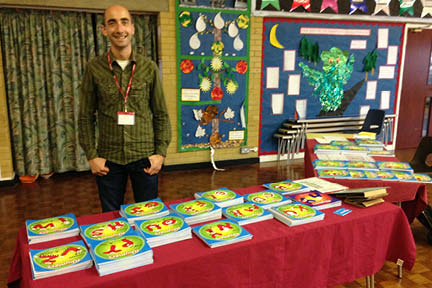
Language Development
Rhymes undoubtedly make it easier for children to learn new words, with the rhythmical structure enabling unfamiliar words to find a familiar context. When sharing my stories in schools, children love to join in with the rhymes and invariably a particular rhyme may stick in their heads long after the story has finished. Repetition of reading rhymes aloud helps children practice their pitch, volume and voice inflection. Rhyme is a wonderfully enjoyable way for children to begin playing with language, something that I’m sure school playgrounds up and down the land would testify to on a daily basis.
Experts in literacy and child development have discovered that if children know eight nursery rhymes by heart by the time they’re four years old, they’re usually among the best readers by the time they’re eight.
Fox, M. (2001). Reading Magic. San Diego, CA: Harcourt
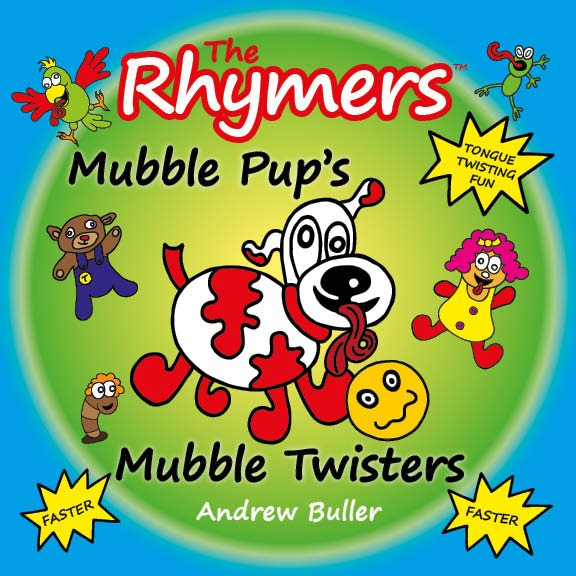
Physical Development
The coordination of breathing, tongue and mouth movements, are made easier by the musical structure of rhyme. Rhymes help you understand when you need to breathe, and for how long, with no need for long theoretical explanations. These same skills can then be applied to reading prose as children grow older.
Cognitive Development
Through rhymes, children understand that there are words which are similar in sound but with different meanings. They learn what a pattern is, and become capable of recognizing patterns. They understand, through patterns, what a sequence is. They have fun memorizing rhymes, thus practising their memory both linked to audio and visual events. Memory, patterns, and sequences are also extremely helpful for approaching maths and new languages.
I love to use rhyming games within my lessons in schools – an example of which is my fast-paced “Rhyme Snap” game. It is harder to rhyme fast than you think!
Stories and poems told in verse are probably the most important part of a young child’s literacy development during the critical window of phonological learning in the pre-school years. Rhyming skills are, in fact, one of the earliest milestones in a child’s path to becoming a good reader…Rhyme teaches children a love of language through the excitement and anticipation of sound.
Pat Skene
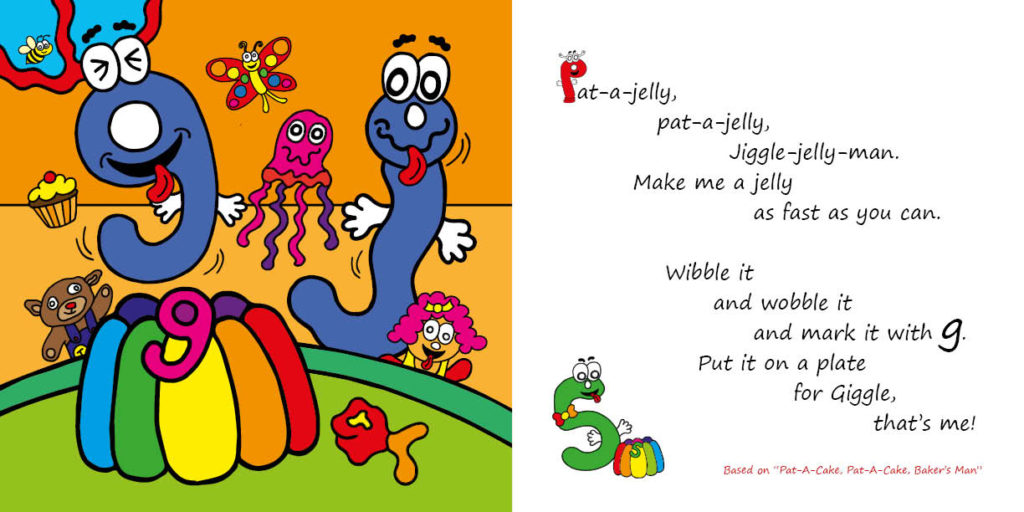
Social/Emotional Development
Rhymes encourage the development of children’s sense of humour, and the opportunity to share jokes with family, building a strong emotional attachment to the stories children read together with their parents. This is undoubtedly the area that I am most passionate about and much of the driving force behind why I write. I love the image of a child sharing one of my books cuddled up with a parent and grandparent and it is one of the greatest motivators as I continue to move forward with what I do.
Therefore I believe there is a great educational benefit to the use of rhyme, driven not least by the enormous sense of fun that can be enjoyed through playing with language. The fact that rhyme has always been an integral part of story telling and poetry throughout the generations is testimony to that.
The Rhymers are delighted to say “Keep on rhyming!”

Andrew Buller is the author, illustrator and designer of the children’s rhyming alphabet series, The Rhymers. Much more information can be found across this website, including how you can contact Andrew to arrange a school visit or talk, or to read his many other blog posts.
Pin Me


